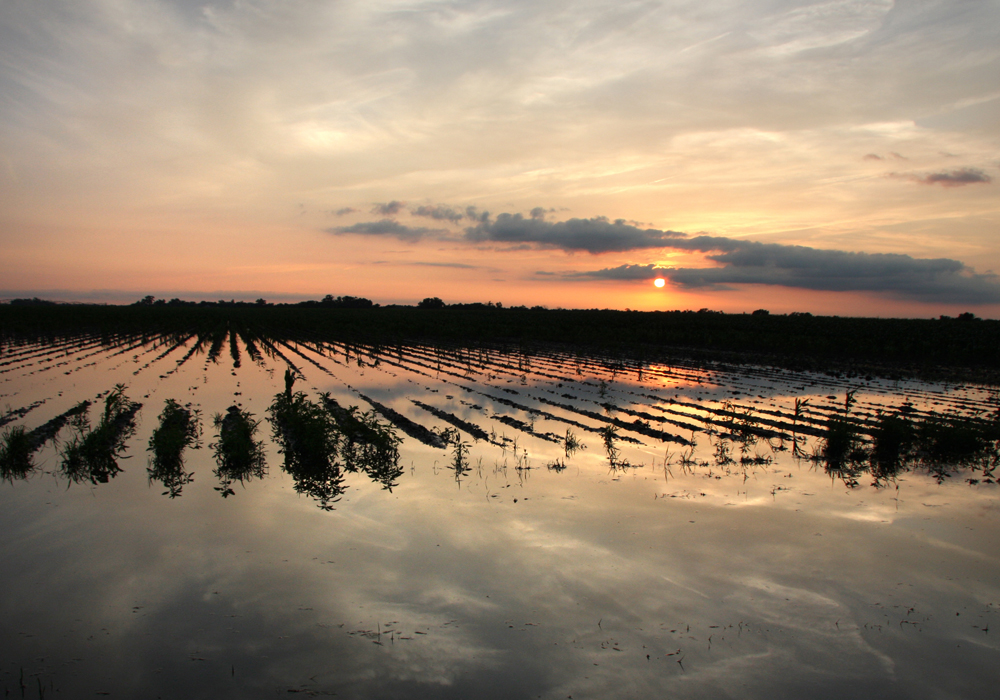One factor that could ignite grain markets is coming closer to a reality, say analysts.
The amount of “prevented planting” corn acres is on the rise in the United States.
Prevented planting is a crop insurance program available to U.S. farmers who can’t plant their crops due to flooding, drought or other natural disasters.
In the modern era there has never been more than 3.8 million acres of corn that couldn’t get in the ground. This could be the year that sets a new record.
Read Also

Biofuel sector happy with federal budget
Advanced Biofuels Canada says new Biofuel Production Incentive is a lifeline until CFR amendments are in place.
“We could have more than 10 million or 15 million this year. I’ve even heard a number as high as 20 million,” said Arlan Suderman, chief commodities economist with INTL FCStone.
“Punch that into your world balance sheet.”
He isn’t ready to go to those extremes just yet but if conditions in the U.S. corn belt remain wet much longer, it is a possibility.
If that were to occur it would be “explosive” to corn and other grain markets.
Prices are already starting to climb. Corn futures on May 27th were up more than 10 percent over a two-week period.
Rich Nelson, chief strategist with Allendale Inc., said one mitigating factor is the U.S. government’s latest US$16 billion aid package for farmers. It requires that the ground must be planted with a crop.
“This now discourages prevented plant,” he said.
“Corn acres will still fall from the March (WASDE) report, perhaps by two to four million acres but we are no longer talking about a three to eight million acre drop.”
Jon Scheve, president of grain trading with Superior Feed Ingredients near Minneapolis, Minnesota, was in the four to five million acre camp until a rumour surfaced on Twitter.
The rumour was that the White House was considering adjusting prevented planting coverage to make it a far more lucrative program.
“That would be a major game change and could potentially add millions of acres to prevent plant because farmers could walk away with an absolute guaranteed profit in farming this year,” he said.
“We could see $8 corn.”
The market has been pushing corn prices higher in an attempt to convince farmers to plant corn past their prevented planting dates. December corn futures were trading near $4.20 per bushel at the open of the market on May 27.
Farmers can make money at that price, said Scheve. He thinks the market is heading higher and it is pulling wheat along for the ride because it is a substitute for corn in livestock rations.
Where the market goes from here depends on a number of unknowns including weather. History says corn yields will be below trend due to the delayed start to seeding and the cool, wet conditions.
A U.S. trade deal with China that revives exports to that country could be another “game changer,” said Scheve.
Alternatively, an outbreak of African swine fever in North America would destroy feed demand for the crop.
There is starting to be more clarity about South America’s crop and it appears to be a bin buster.
The U.S. Department of Agriculture forecasts a record 101 million tonnes of production in Brazil due to near ideal growing conditions.
It has pegged Brazil’s exports at 34 million tonnes, which would be just shy of the record of 34.5 million tonnes set in 2014.
Argentina is poised to harvest a record 49 million tonne crop, according to the USDA. It is forecasting a record 32.5 million tonnes of exports from that country.
Scheve expects there to be more clarity about U.S. prevented planting acres after June 5, which is the date where coverage starts to fall with every passing day in most of the big corn growing states.
















